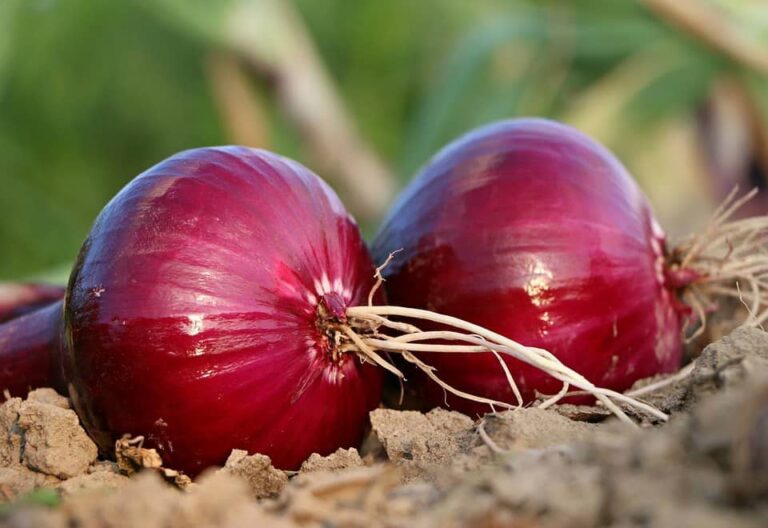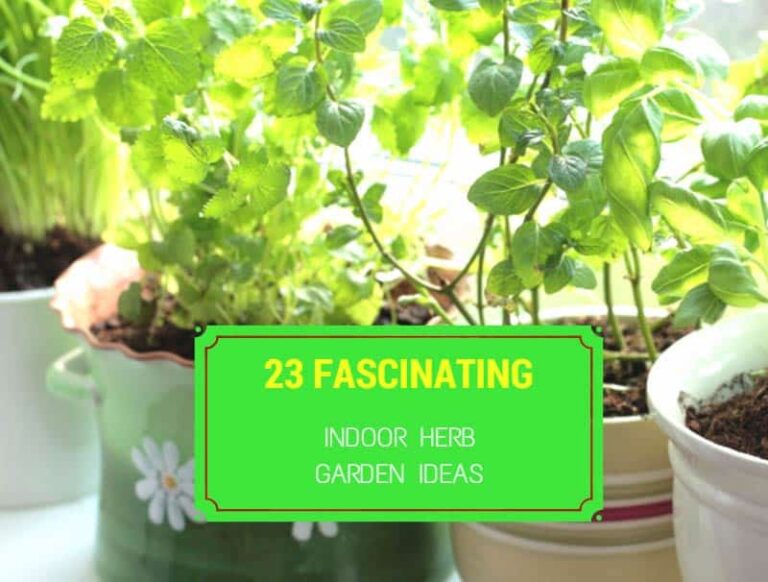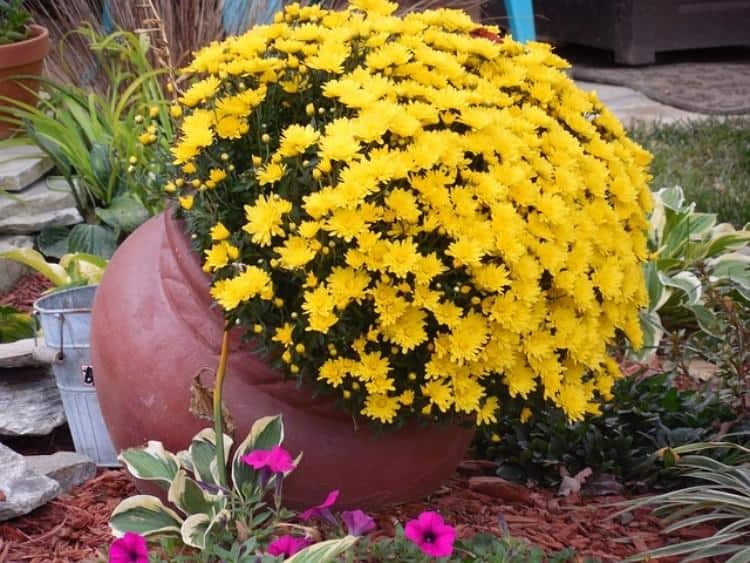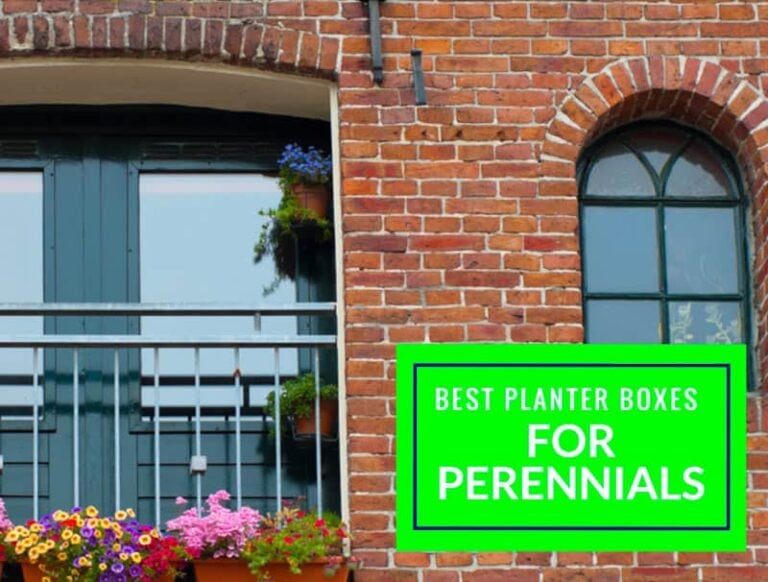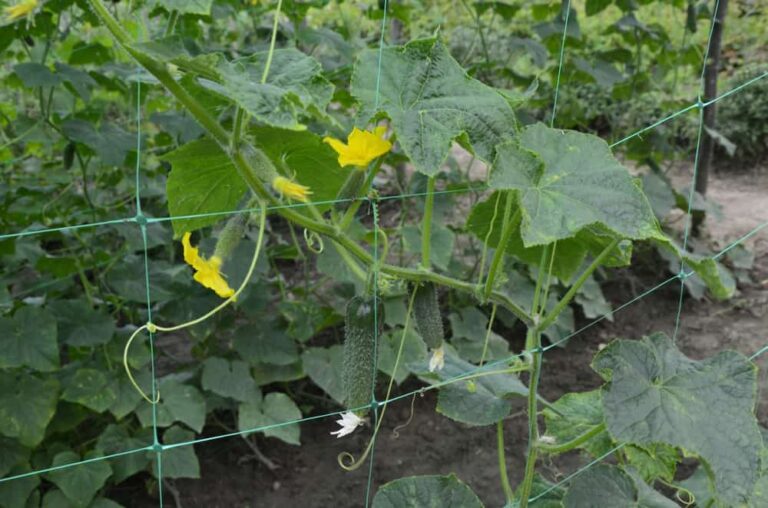A How-to Guide to Planting Broccoli
Planting broccoli can easily be done from seed indoors, or from transplanted seedlings. Begin seeds 8 to 10 weeks before the last frost, or you can plant seedlings outdoors 4 weeks before the last frost.
Space broccoli seedlings at least 18 inches apart for maximum growth and yield. Keep a continuous water supply to your plants’ soil and add in a nitrogen-rich compost or fertilizer. Prevent extreme weather or pests from affecting your plants by using floating row covers.
You can also prevent common diseases by rotating your crops each year and maintaining healthy soil.
What Broccoli Should You Plant?
You can plant broccoli from seeds or seedlings. Either one can get you growing broccoli plants, but your success depends on how well you care for them and the weather in your region.
Planting Broccoli from Seeds
Most gardeners who plant broccoli from seeds do so indoors. This gives the seeds plenty of time to grow into seedlings without being affected by weather, pests, or other environmental issues.
If you’re growing broccoli from seeds, plant them about 8 to 10 weeks before the last frost typically occurs in your area. They’ll need about 4 to 6 weeks to grow leaves and be strong enough to transplant to your outdoor garden. Learn to Grow shows how to plant broccoli seeds indoors:
You may choose to directly sow the seeds into your garden, which works too. However, this method will require extra care and precaution against extreme weather changes.
Planting Broccoli from Seedlings
Since seeds can be finicky, many gardeners choose to plant broccoli from seedlings, or already-germinated seeds.
This takes the guesswork out of caring for seeds and can take some time off the growing process. It can also be especially helpful if you did not get an early enough start in the season to begin growing broccoli from seeds.
Broccoli seedlings can be planted directly in your garden beds about 4 weeks before the last frost in your area. Be careful when handling and planting your seedlings. Broccoli seedlings can be very fragile and need extra care when transplanting into your garden.
Related – Broccoli Sprouts
Preparing Soil
You should rotate your broccoli growing location in your garden every two or three years to prevent the risk of disease and to let soil heal. This can help your broccoli plants grow even healthier each year.

Broccoli needs a lot of water at its root system, so a soil that retains a lot of moisture is the best for planting broccoli in. Your soil should also be very fertile, since it is a leafy plant that grows fast and needs plenty of nutrients to aid its growth.
An organic compost added to the soil is especially helpful for broccoli. Broccoli needs an ample supply of nitrogen in its soil for optimal growth. An animal manure or compost tea can both aid in the best growth of your broccoli plants.
If you are first growing broccoli from seeds indoors, be sure to use a seed starting mix rather than a potting mix to help your seeds germinate. It also helps to supply water from the bottom of your containers rather than pouring water on top, as this can disturb seeds.
Instead, pour a couple of inches of water in a container and place your seed containers on top, allowing the soil to soak up water through the holes in the bottom of the containers.
Spacing and Planting Broccoli
As with most plants, spacing is very important when planting broccoli. If you plant them too closely together, your plants will compete for resources, like water and sunlight. This results in smaller heads of broccoli at harvest time.
Unfortunately, some gardeners don’t have a lot of room to spare in their gardens. In this case, it’s better to plant less broccoli plants with adequate spacing. Trying to crowd them together will hurt your yield because you’ll end up with less side shoots and smaller broccoli heads.
The best spacing for planting broccoli is at least 18 inches between each plant. Abundant Mini Gardens experimented with 12-inch spacing and 18-inch spacing to see if there was a difference in productivity based on spacing.
What they found was much smaller broccoli crowns from the plants that were spaced only 12 inches apart. In fact, these plants produced heads that weighed about ½ pound each, whereas the plants spaced 18 inches apart produced crowns weighing about 1 ½ pounds.
The plants spaced farther apart produced enough broccoli to need much less plants than the area where they were spaced more tightly. So, you’ll end up with more broccoli from less plants by planting them 18 inches apart.
Plant your seedlings a couple of inches down into the soil. Push soil back around the base of the seedling and water the soil generously.
Caring for Broccoli
The most important thing to remember when caring for your planted broccoli plants is you must keep them safe from weather conditions. Broccoli needs consistent watering at soil level for its roots. If you live in areas susceptible to drought, you will need to be more cautious of this.
Extreme cold or warmth can also harm your plants. Mulching the area can help keep a consistent soil temperature. Some gardeners also like to use floating row covers to protect the plants from extreme temperatures and frost.
Preventing Pests and Disease
Broccoli is susceptible to pests and disease. Floating row covers can also aid in pest prevention, especially from cabbage worms and flea beetles. Other common pests, like slugs and cabbage aphids, can be removed by watering your plants or picking them off by hand.
Nitrogen deficiency and club root are common diseases that affect broccoli plants. Use a nitrogen-rich fertilizer on your plants about 3 weeks after planting and again about a month later.
Rotating your crops each year can help prevent club root. You can also begin your own broccoli plants from seed each year rather than buying seedlings from another source and possible introducing club root to your soil.
Photo by anjanettew licensed under CC BY-SA 2.0.

